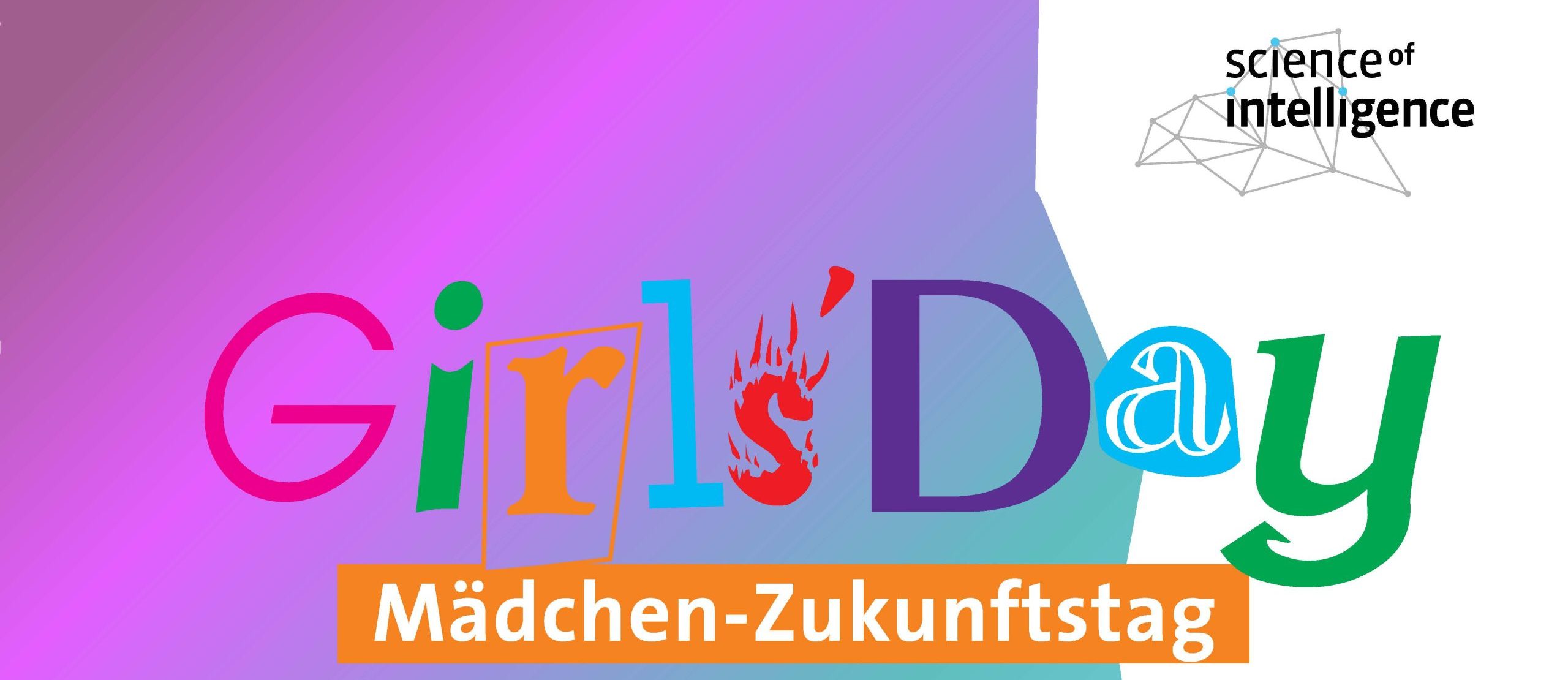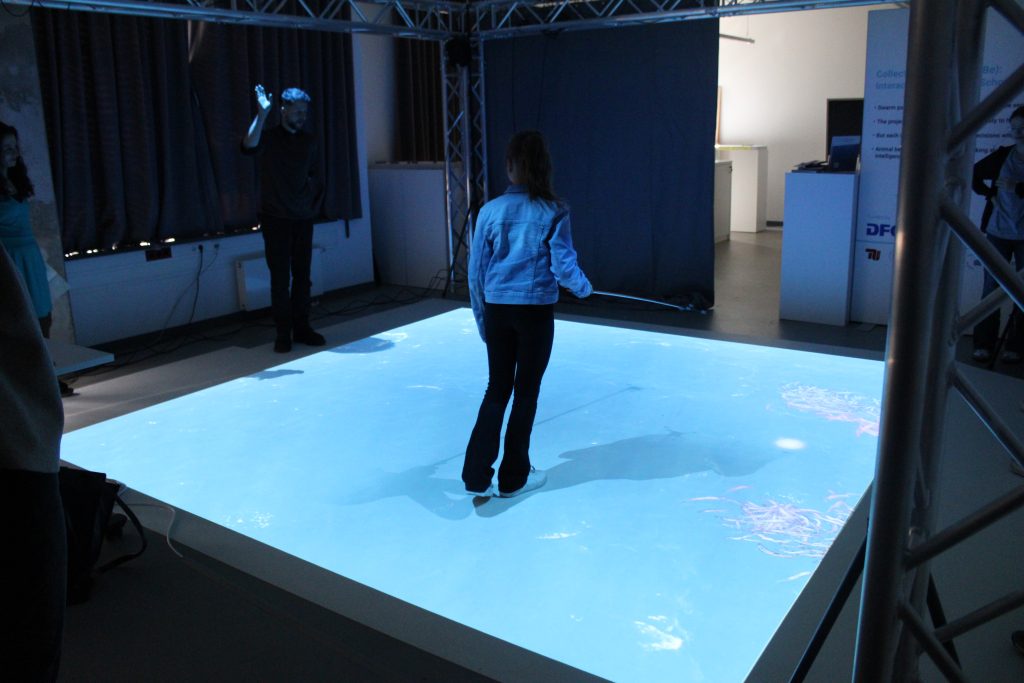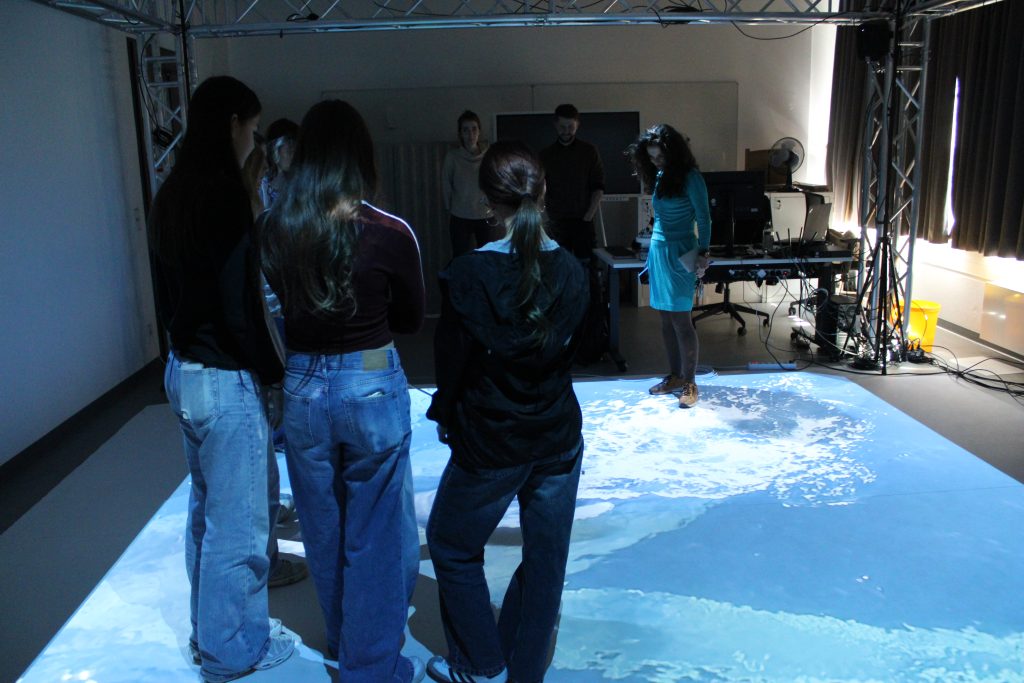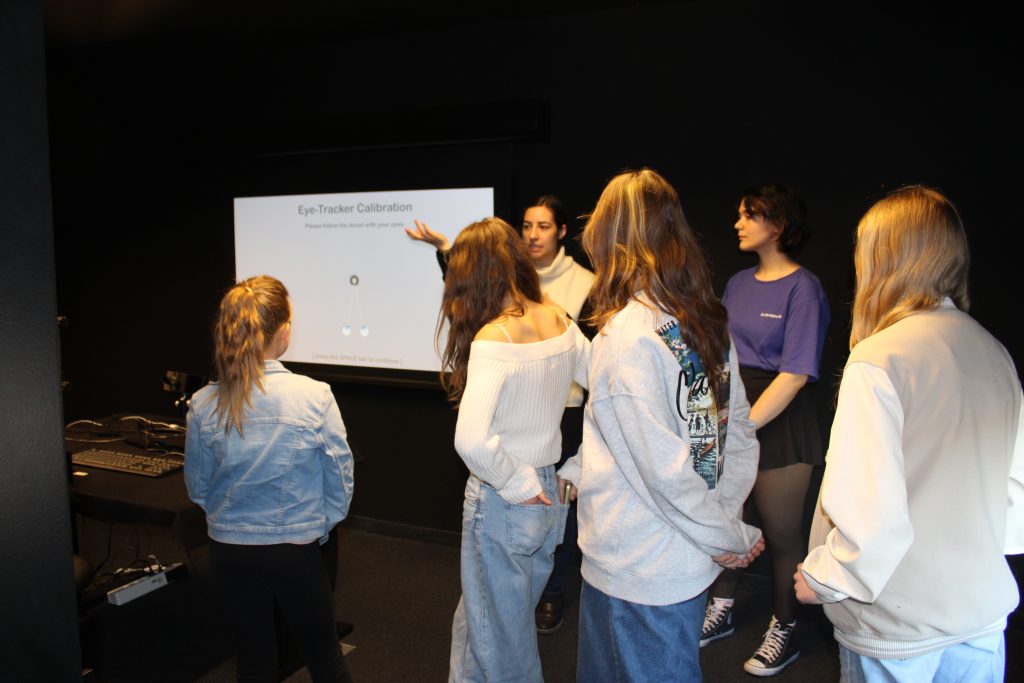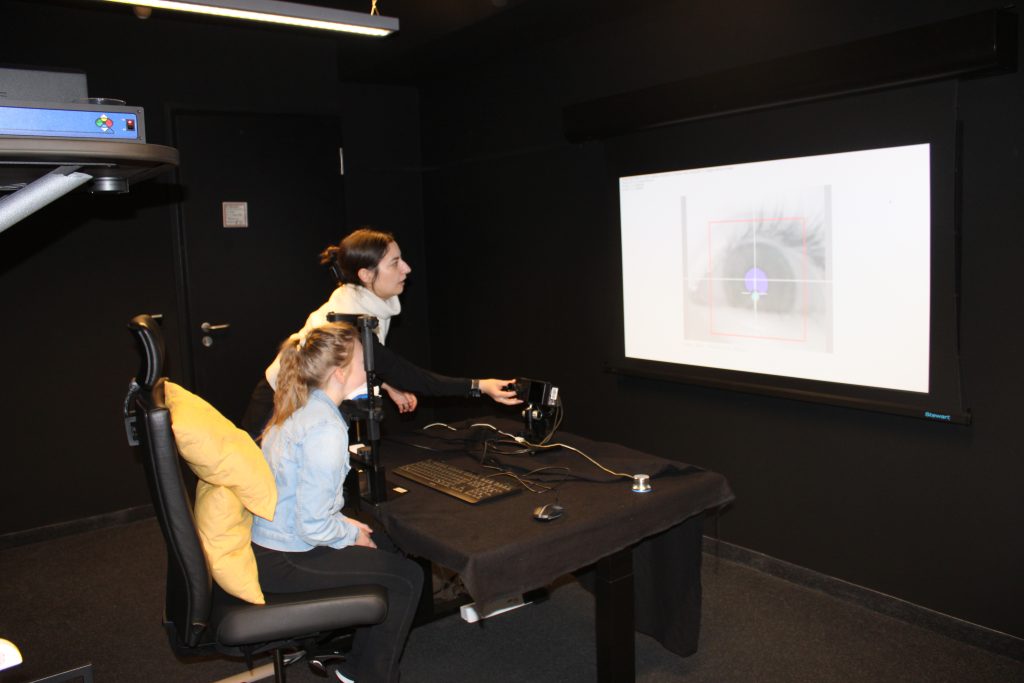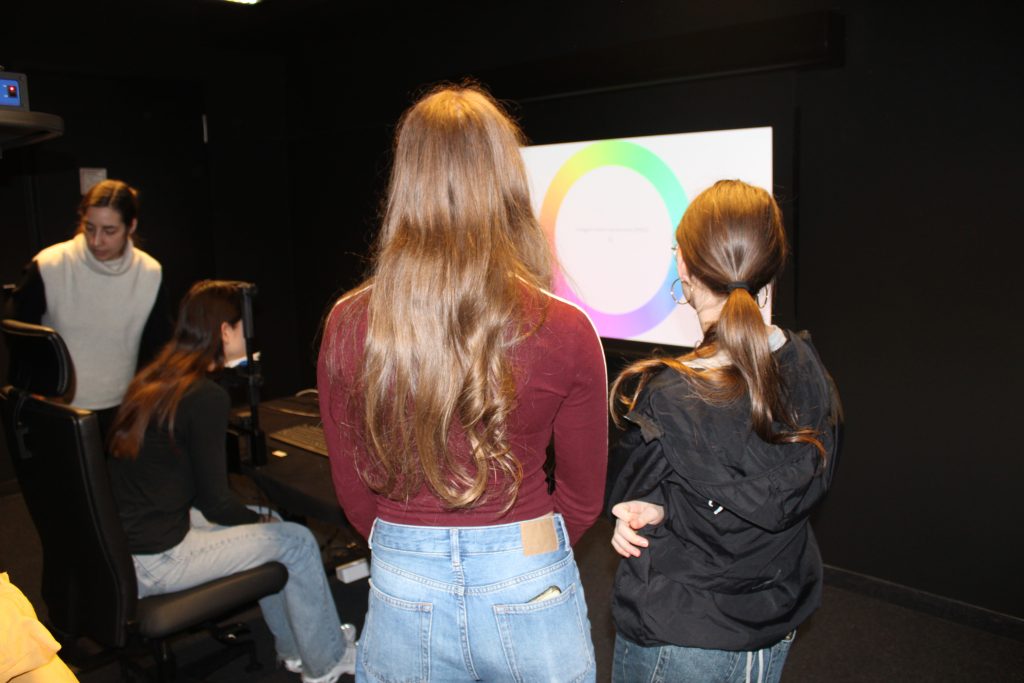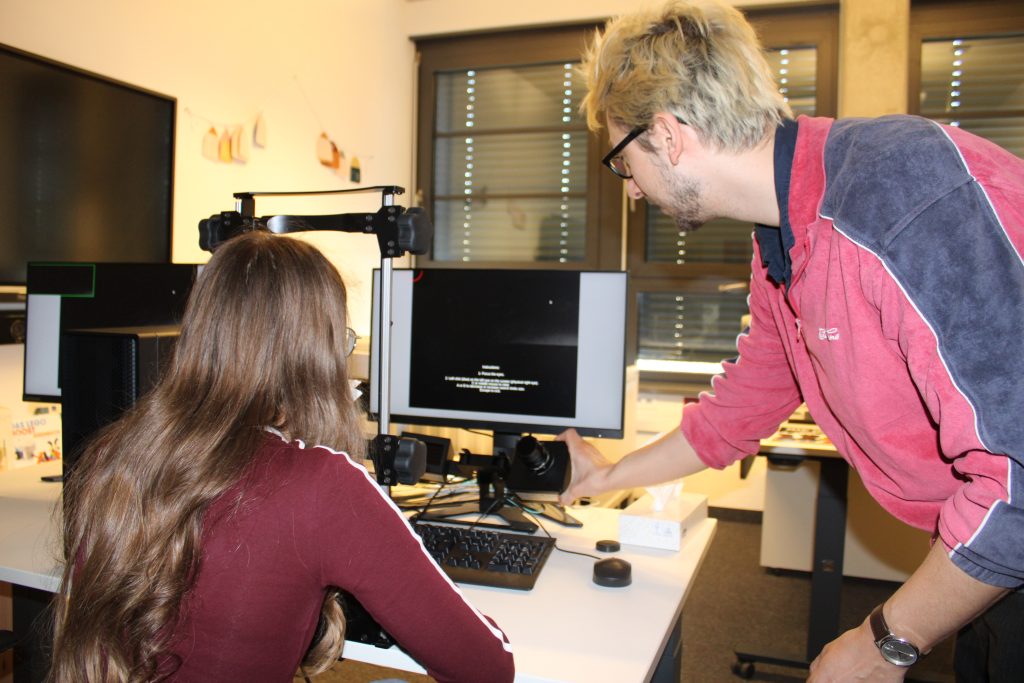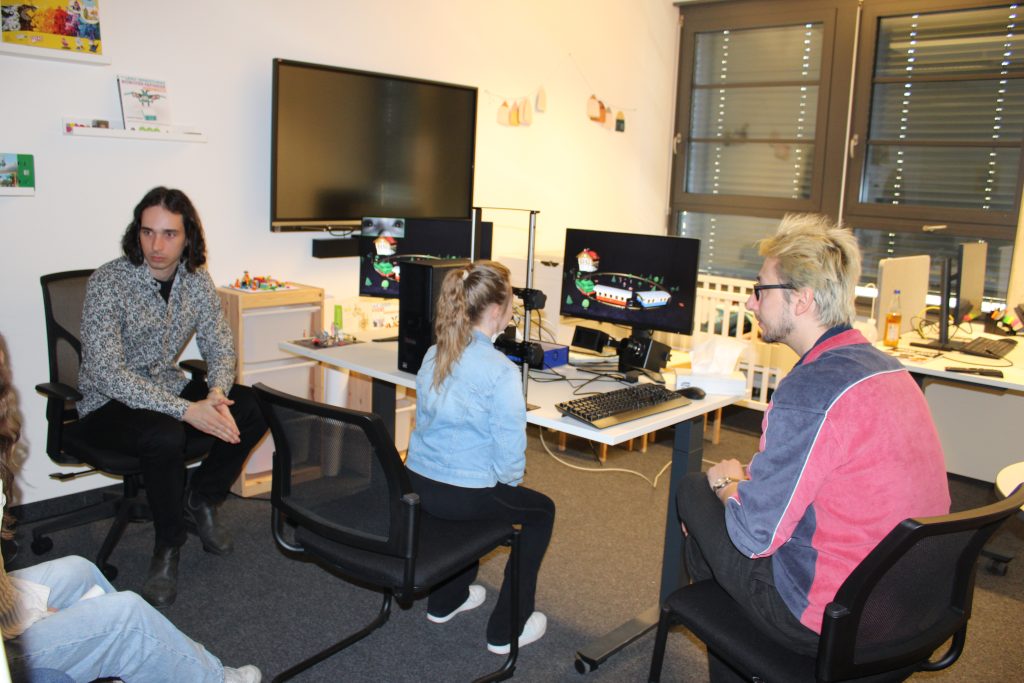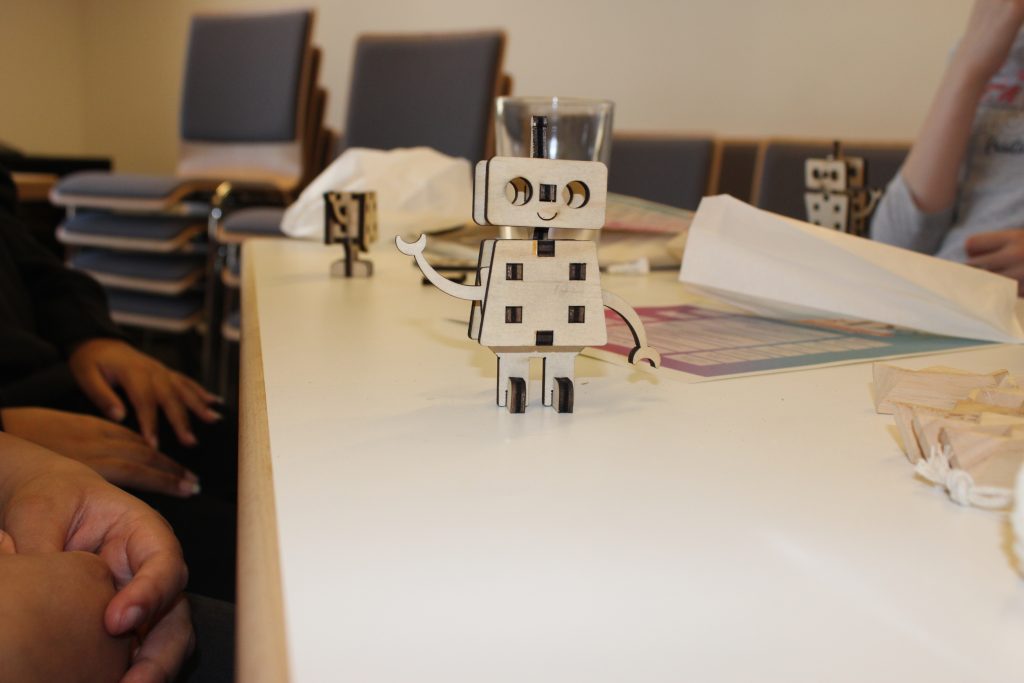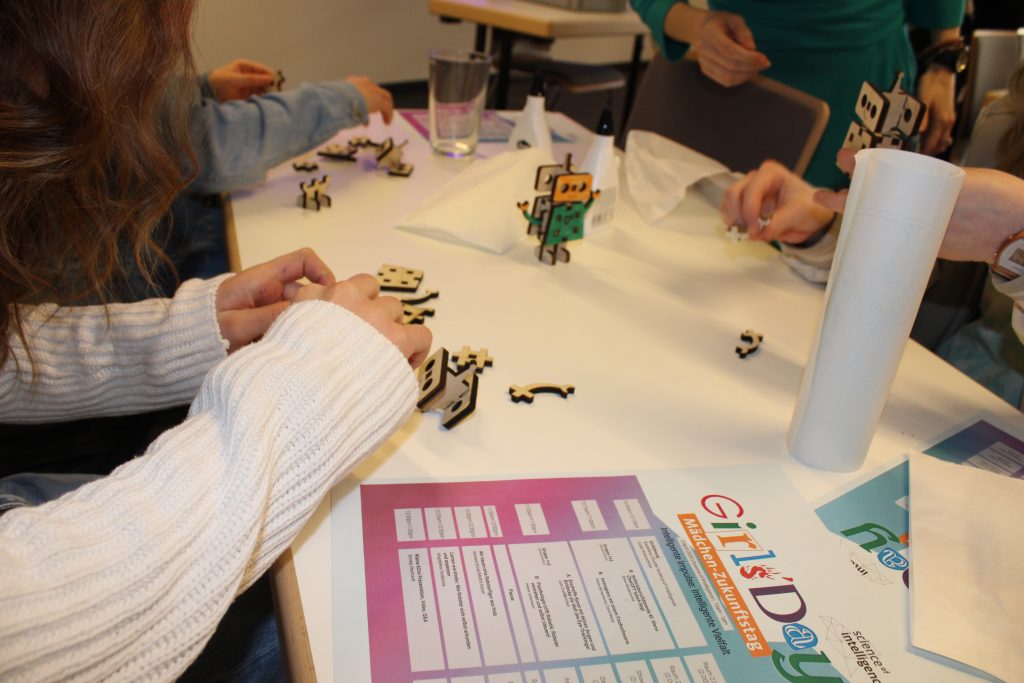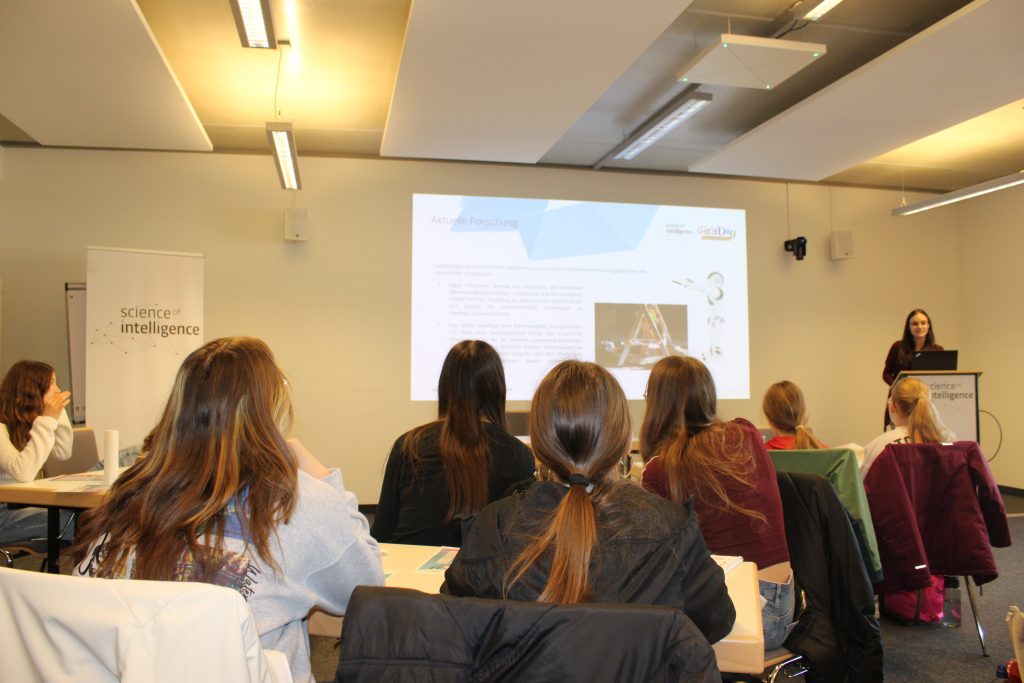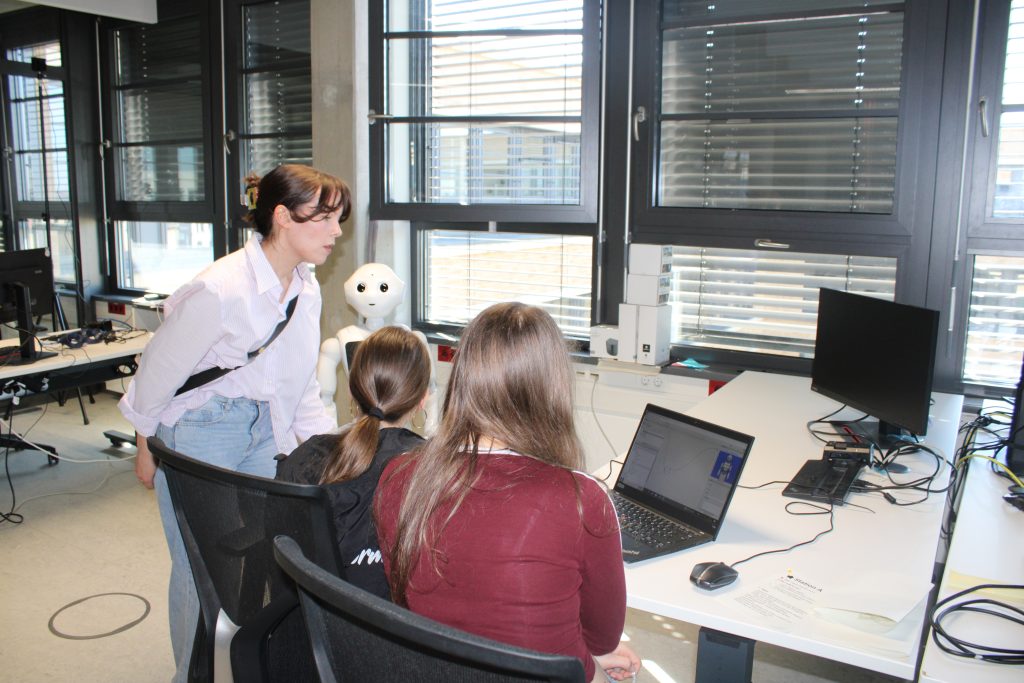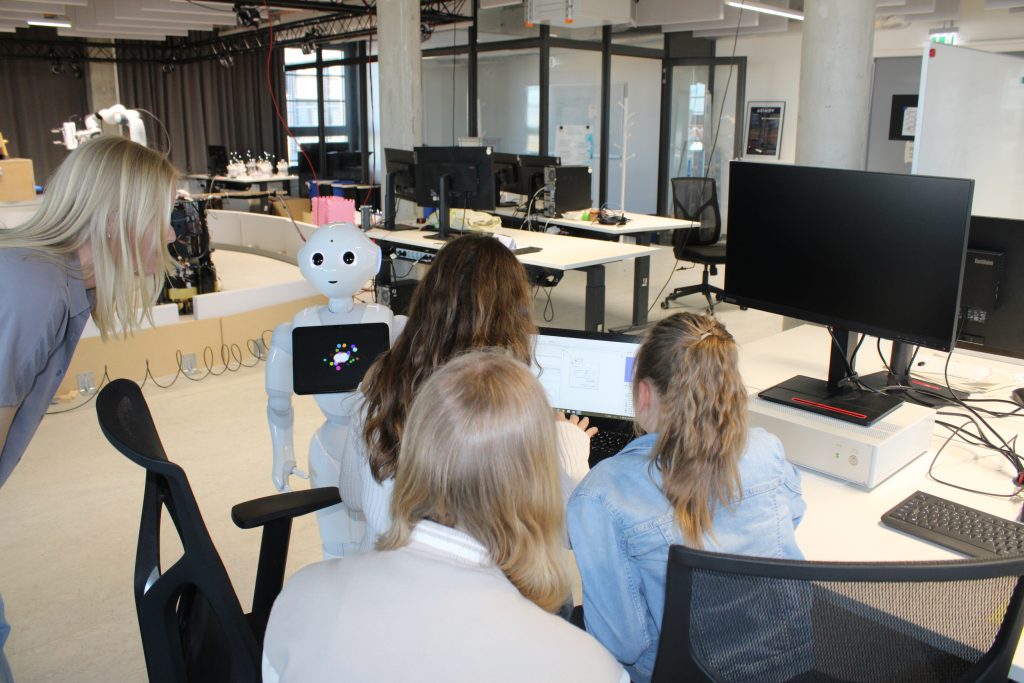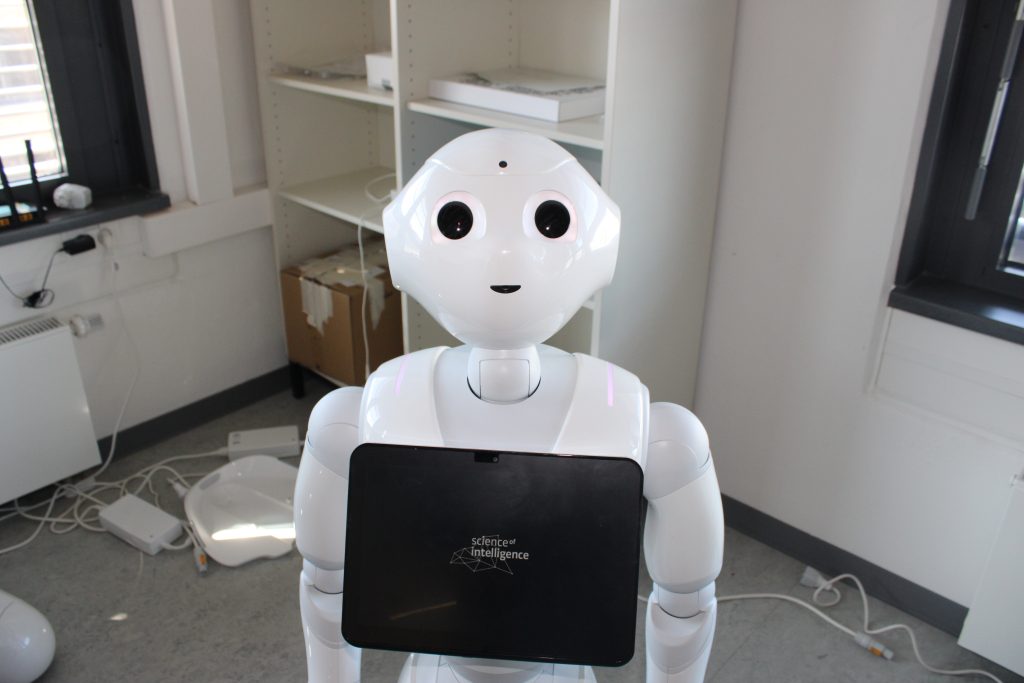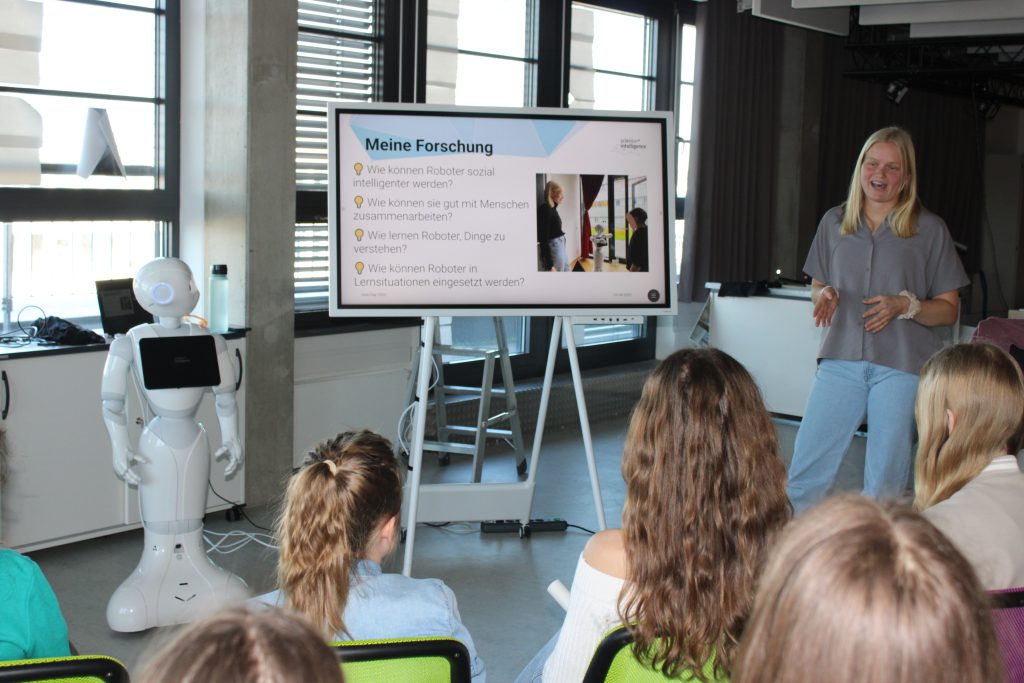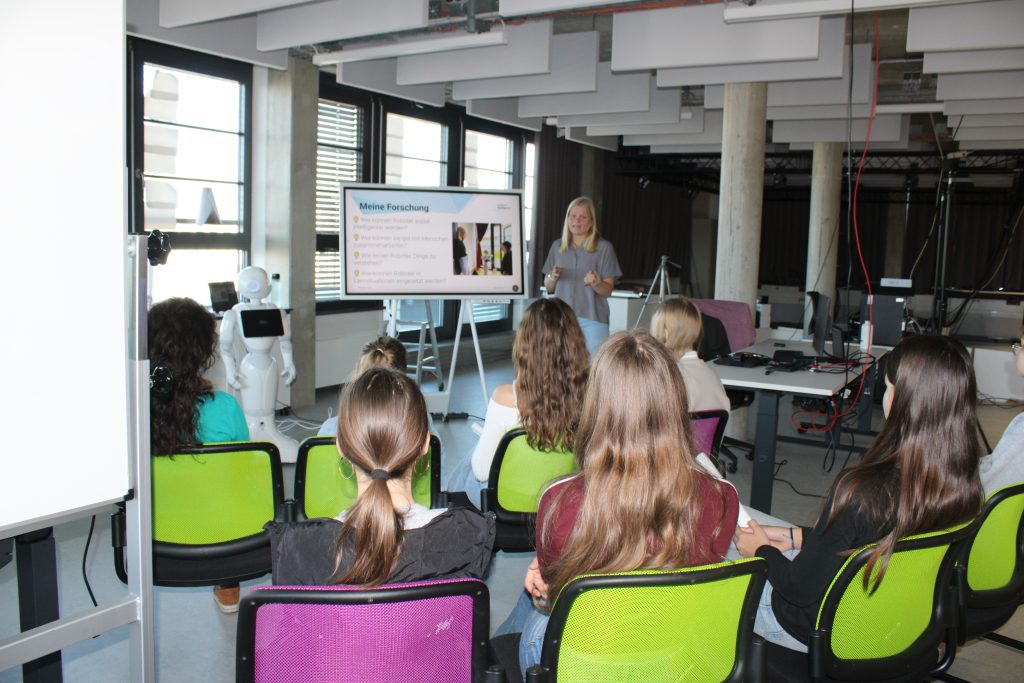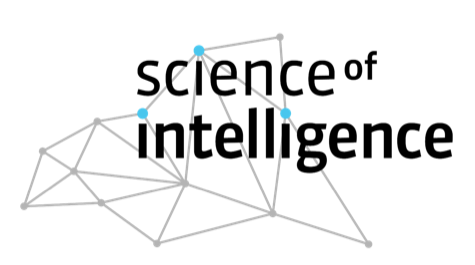Intelligent impulses, intelligent diversity – Girls’ Day 2025 @SCIoI
On 3 April, SCIoI opened its doors once again to welcome curious minds for this year’s Girls’ Day. The event kicked off with a warm introduction from Lujain Kretzschmar, SCIoI’s Diversity and Equal Opportunities Manager and organizer of the event, and Academic Coordinator Julten Abdelhalim. They gave a glimpse into SCIoI’s interdisciplinary research landscape before handing over to the scientists for a packed program of interactive sessions.
One of the first workshops featured Elena Merdjanovska, who explored the limits of current AI systems in her talk “Overconfident AI: When ChatGPT Gets It Wrong”. The girls learned that while AI tools can be helpful, they’re not infallible—and sometimes confidently wrong. This sparked lively questions and critical reflections on how we interact with intelligent machines in everyday life.
Next up, Julie Ouerfelli-Ethier and Ole Hall welcomed the participants into the world of eye-tracking technology. Julie guided the girls as they created digital artworks using only their gaze—an experience that not only demonstrated how eye movements can be used in research but also in creative expression. Each participant had their artwork printed out to take home, adding a personal souvenir to the scientific experience. Ole complemented this with an engaging visual experiment where the girls competed in search contests to see how fast their eyes could spot hidden elements. Immersed in miniature landscapes, they explored the difference between overt and covert attention—learning how we direct our gaze and how we still perceive things in our periphery, even when we’re not directly looking at them.
Meanwhile, upstairs in the Asimov Lab, Helene Ackermann ran a session combining psychology and robotics. The students got hands-on experience steering robots and delved into what it really means for a robot to “understand” something. Her session emphasized how much of robotics goes beyond just tech—touching on perception, emotion, and social interaction.
Returning favorites Palina Bartashevich and David Mezey guided participants into the immersive world of augmented reality, where they encountered virtual fish swarms reacting dynamically to their presence. This session bridged biology, computer science, and AI, showing how insights from nature can inspire the behavior of artificial agents.
Researcher Magdalena Yordanova followed up with a fascinating glimpse into the developmental side of AI. Her session demonstrated how robots, much like children, can explore their surroundings and learn to adapt on their own—a topic that left the group both intrigued and full of questions.
In the final hands-on workshop, Michael Brück and Mathis Kaiser, SCIoI’s lab managers, offered a creative twist on robotics: the girls designed and assembled their own robot figures—no soldering, no complex wiring. Instead, using laser-cut wooden parts created by Rolf Struikmans, each participant walked away with a charming, sustainable robot of their own.
